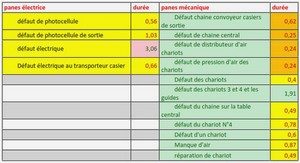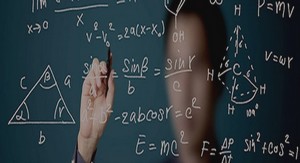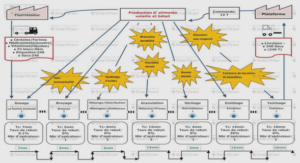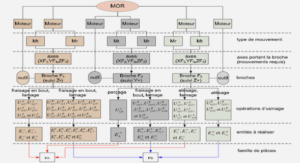Banach contraction principle
Fixed point theorems
The Banach contraction principle, established in 1922 by the Polish mathematician Stefan Banach, is one of the most signiÖcant results in analysis and is considered the main source of the metric Öxed point theory. The important part of Banachís contraction is to stretch the existence, the uniqueness and the sequence of the successive approximation that converges to a solution of the problem. For more results we refer to [1, 3, 5, 6, 28, 30, 51]. DeÖnition 1 Let (X; d) be a metric space and let f : X ! X be a mapping. A point x 2 X is called a Öxed point of f if x = f(x): 13 14 CHAPTER 2. PRELIMINARIES DeÖnition 2 f is called contraction if there exists a Öxed constant k < 1 such that d(f(x); f(y)) kd(x; y); for all x; y 2 X: Theorem 3 (Banach Contraction Principle) Let (X; d) be a complete metric space, then each contraction map f : X ! X has a unique Öxed point. Proof. Let x and y be Öxed points of f, then d(x; y) = d(f(x); f(y)) kd(x; y): Since k < 1, we get x = y; that the uniqueness holds. Now, we will construct explicitly a sequence converging to the Öxed point. Let x0 be an arbitrary but Öxed element in X. DeÖne a sequence of iterates (xn)n2N in X by xn = f(xn
Topological degree
Let be a bounded open of R N , f : ! R N a continuous function and b 2 R N such that f(x) = b (2.1) We want to obtain a quantity that give us the number of zeros for the equation (2.1), this quantity should give us the exact number of zeros and should be invariant by small deformations of f. So that we prevent the zeros of f to leave the domain we will impose that b =2 f(@ ). 2.2.1 Topological degree of Brouwer DeÖnition 17 Let be an open bounded R N , f 2 C( ; R N ) and b a regular value of f such that b =2 f(@ ): Then the degree deg(f; ; b) is deÖned by deg(f; ; b) = X x2f
Mahwinís coincidence degree theory
In 1970, Gaines and Mawhin introduced the theory of the degree of coincidence in the analysis of functional and di§erential equations. Mawhin has made important contributions since then, and this theory is also known as Mahwinís theory of coincidence. Coincidence theory is considered to be the very powerful technique, especially with regard to questions about the existence of solutions in nonlinear di§erential equations. Furthermore, many researchers have used it to solve boundary value problems at resonance, see Let us deÖne the direct sums, projections and topological complement. DeÖnition 24 Let E and F be two closed subspaces of a normed vector R





